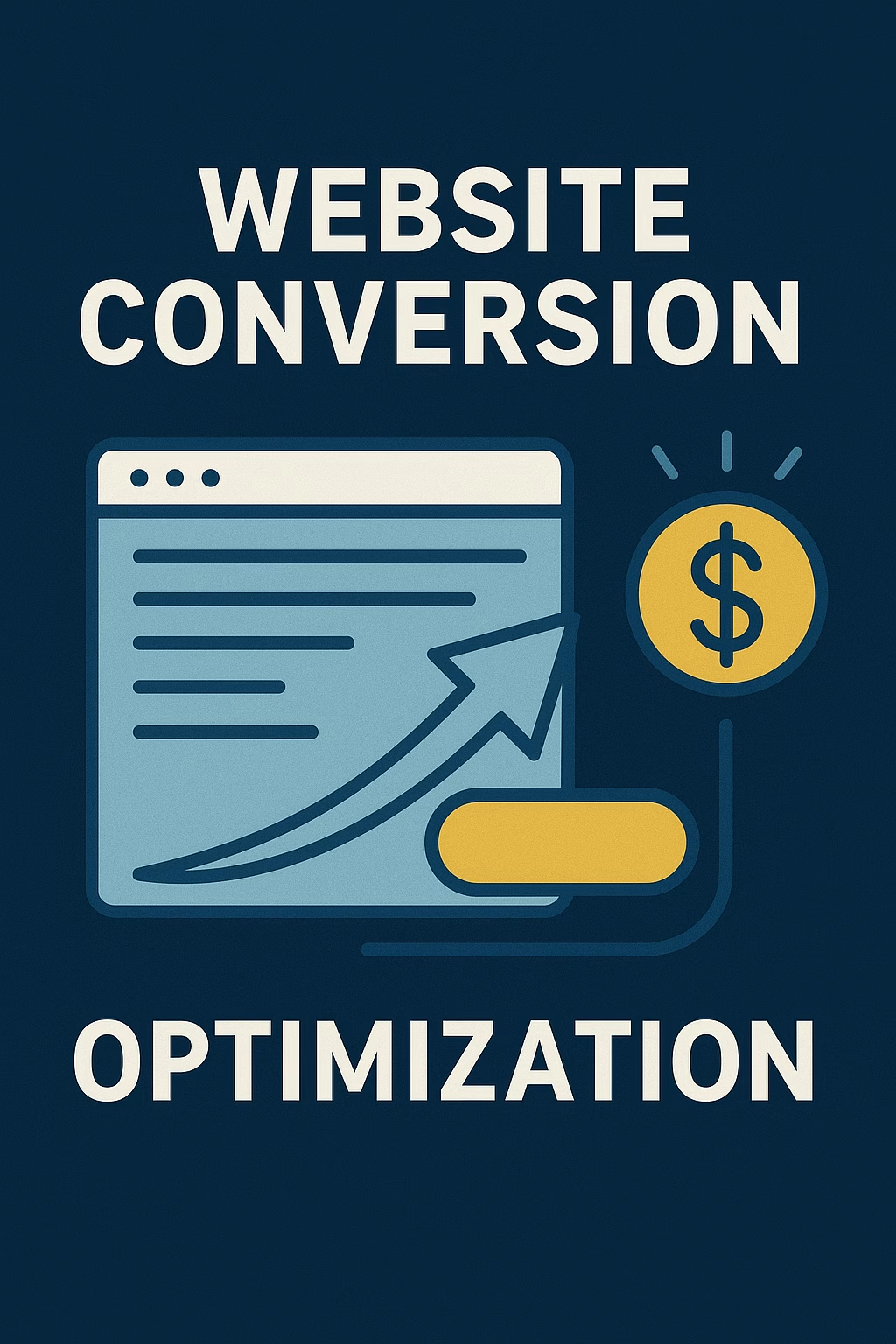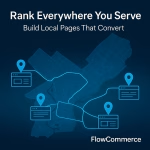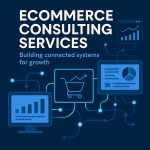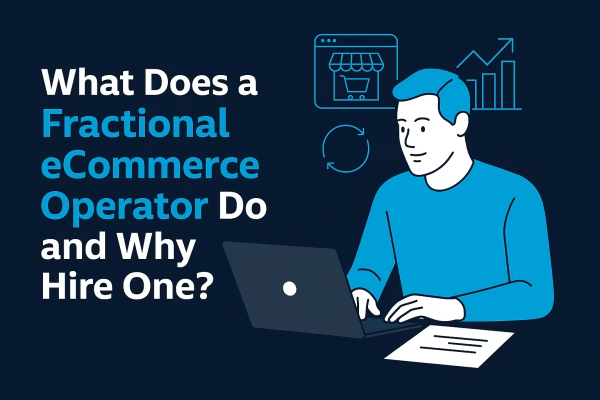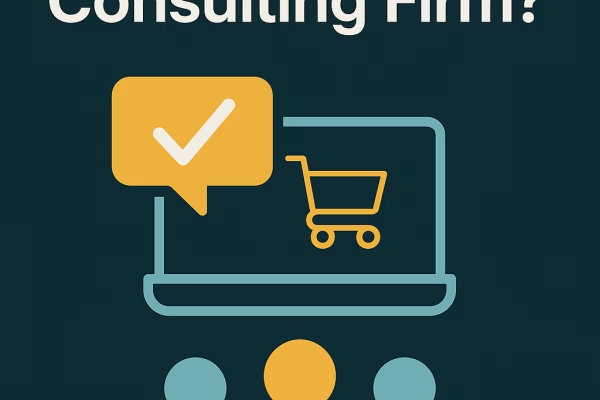Intro: The Harsh Truth About Your Website
You’re running ads.
You’re posting on social.
Traffic looks good.
But conversions? Still dead quiet.
Here’s the truth, traffic doesn’t matter if your site can’t close.
Most websites fail not because of bad products or poor effort, but because they’re built around what the business wants to say, not what the customer needs to see.
Before you spend another dollar on ads, fix your foundation. How your site speaks, flows, and converts.
1. You’re Talking to Everyone (So You’re Converting No One)
If your site sounds like it’s trying to please everyone, it’s connecting with no one.
Your homepage should feel like a direct conversation with the person who needs what you offer most. The moment someone lands, they should know:
What you do
Who you help
Why it matters
Fix it:
Get specific. Talk to one type of customer. Lead with their problem and make your call to action obvious.
2. You’re Focused on Looks, Not Direction
A nice design won’t save a confusing user experience. If visitors can’t figure out what to do next or your main call to action is buried, you’ve already lost them.
People decide in seconds whether to stay or bounce.
Fix it:
Keep your menu simple. No more than five links.
Use one button color for your main actions.
Write headlines that make promises, not paragraphs.
3. You’re Not Building Trust Fast Enough
You might be legit, but if your site doesn’t feel trustworthy, people won’t stick around long enough to find out.
Fix it:
Add reviews, logos, and testimonials near your CTAs.
Show your face or your team, people buy from people.
Include clear contact info, policies, and guarantees.
You don’t have to be fancy, you just have to feel real.
4. You’re Not Tracking What’s Actually Happening
If you don’t know where people are dropping off, you’re guessing.
Analytics should tell you what’s working and what’s not, every click, scroll, and form fill.
Fix it:
Set up GA4 and Google Tag Manager.
Use Hotjar or Microsoft Clarity to watch how people move through your site.
Track the path from landing → scrolling → clicking → converting.
Data doesn’t lie. It just needs to be read.
5. You’re Spending Money Before You’re Ready
Most “ad problems” are actually website problems.
If your site is slow, unclear, or not built for mobile, you’re paying for visitors who leave before they ever see what you offer.
Fix it:
Make sure your site loads in under 3 seconds.
Check that your mobile version actually converts.
Don’t run paid campaigns until your funnel works on its own.
Good marketing multiplies what’s already working. If your base is broken, you’re just wasting money faster. Focus on the right entry point, and remember what they saw in the AD is what they should see when they come to your site.
6. Your Systems Don’t Flow
You can have the best website in the world, but if your CRM, email, or follow-ups don’t connect, leads fall through the cracks.
We see it all the time: forms that don’t sync, leads that go nowhere, automations that don’t fire.
Fix it:
Map out your entire customer path:
How they find you
What happens after they click
How you follow up and retain them
Every part should connect. That’s how growth compounds.
Key Takeaways
Most websites don’t need more traffic — they need more clarity.
Trust and flow drive conversions more than design ever will.
Use data to see what’s working before you spend on ads.
If your tools don’t connect, your growth won’t either.
Let’s Fix It
Your website should work as hard as you do. If it’s not converting, it’s not doing its job and that’s fixable.
Let’s make your site flow:
👉 Book a Free Website Audit with FlowCommerce Consulting
Author
Sean Wolf
With over 16 years of eCommerce leadership, I specialize in architecting and scaling Direct-to-Consumer brands across both established and emerging markets. Most recently at Johnson & Johnson’s Kenvue division, I spearheaded the end-to-end launch of a startup women’s health platform targeting the menopause segment—driving a seamless omnichannel experience through enhanced UX/UI, strategic 3PL partnerships, and the successful rollout of Salesforce Marketing Cloud to automate and optimize the full CRM lifecycle. These initiatives not only elevated customer engagement and on-time delivery metrics but also delivered double-digit improvements in conversion rates and customer retention.

